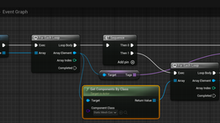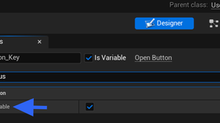Is Dungeon Architect good?
- tomofnz
- Jan 7, 2017
- 4 min read
Dungeon Architect is a Unity/UE4 marketplace add on by Ali Akbar, which lets level designers leverage modular procedural layout in their scene assembly, inserting templates of mesh parts into a grid system using user defined rules.
I use similar tools outside of UE4 at Grinding Gear Games. We have a custom engine and editor based on a graph and rooms system where content is connected by edges and tile keys. Our levels are top down oriented. The approach of Dungeon Architect is rather similar but doesn't use a graph to construct its topology (quick overview of Path of Exile processes here for comparison):
Dungeon Architect has a grid to distribute assets, and assets are defined using a Template. The template structures include Floor, Wall, Stair1, Stair2, Window, Door and so on.

A Wall doesn't have to be just one asset or tile. The template structures such as 'Wall' let you add nodes in a prefab assembly kind of way, so you can effectively build a Tile (in Path of Exile sense) from many parts dynamically. Lights and particle systems can also be added to a template node. You can also string multiple types to a single node, and control their sorting or weighting.

A template node such as Wall can receive several inputs, so you could make a basic wall to use foremost and then a few special case walls to intersperse with less frequency around the bulk of the level. You can do this using a weighting, or you can assign a rule, for example creating a mathematical chess grid rule for the floor. The graph below uses some vector math to distribute markers in a dungeon.

Besides the procedural generation, you can insert custom Rooms (in Path of Exile sense) manually using box volumes in typical UE4 style, as a layer of control on top of the generation. A DungeonVolume can block generation, force in a specific set of content, or act as an effector to adjust the rules of content it overlaps. For instance you can have a volume where the dungeon stops generating a given feature, such as pillars, but otherwise behaves according to the main ruleset.
You can have more than one Dungeon template in a level. For example a suite of natural caves can join to a suite of tombs. All you really need is a matching overlap Room or volume. You can also manually paint connections, or remove them, post-generation using a Paint tool located alongside the regular Landscape editing tools. The level updates automatically once changes are made, though very large and complex levels do appear to have an update lag (though not enough that it becomes unusable).

That is the basics. You can probably add a lot of your own extensibility, and with some effort you can get Landscape to play well with the random layout (for instance, you could add a Tag to floors of a certain type and then Scatter set dressing assets on that floor type post-construction). There is a random scatter tool on the marketplace by Josh Nies that is not limited to scattering on Terrain/Landscape surfaces (https://www.unrealengine.com/marketplace/area-based-procedural-generation).
It seems that to make the most of Dungeon Architect, you need to be willing to build or buy a reasonably rich content set of modular assets. One of the annoyances of the system is that a mesh has to have a specific transform offset (move, rotate, scale) in order for it to get into a good default location relative to grid units. This is done with numerical input, which is precise but requires a fair bit of trial and error. As a possible UX feature, it might be faster to handle the offset for each mesh using a 2x2 lattice manipulator in the view. Below is a kitbash set from Skyrim, from the GDC talk by Joel Burgess (http://blog.joelburgess.com/2013/04/skyrims-modular-level-design-gdc-2013.html). You would need a kit like this to make the most of Dungeon Architect.

Having described the product, is it good? I think it's great, and I look forward to using it more, but here are some points.
It is a one man band product, so let's hope Ali Akbar maintains it.
If you like updating each edition of UE4, you will have to wait till the plugin also gets updated on the UE4 marketplace.
The plugin has a good set of demonstration videos to get up to speed on using it.
It is about 100$ on the marketplace, which is a premium tier price. UE4 is free, and a bucket model on Turbosquid can cost $35 ... so price is not really a good metric. If you can blow $100 and you need to make procedural dungeons, that price won't hurt you,
The ease of use is great. There are just a few actors and blueprints required to establish a dungeon in a level (a Dungeon actor, a Template asset ... some meshes). There are many settings and properties available to exert control over the level generator.
Stability or bugginess? I didn't notice any problems or crashes while I was learning how to use it, but I have yet to make a comprehensive project using it. I dropped a basic dungeon using Starter Kit meshes into the VR Touch template and teleported my way around the scene quite happily.
Don't procedural levels look all the same? One of the cool features is you can have multiple dungeons and they can be transformed to different rotations, so you can easily break the 'grid' if you need to. You can also build vertical dungeon layouts. The repetition of content though really comes down to your own efforts to include rich artwork. Also, you can incorporate a procedural dungeon with a hand built feature, to blend in the two approaches. The same goes for using Landscape tools alongside Dungeon Architect.
A basic understanding of Nav Mesh is required, but it is sufficiently explained in the video demonstration.
You should build the scene to match the scale of the player's character. It is a little bit hard to make stair heights and stair assets perfectly match what feels correct in the player camera. This is something where you would need to spend a bit of creative design time and do some measuring.
Couldn't I just make this myself? It's certainly possible to make a rule-based mesh layout tool, but I wouldn't think that the time and effort would be worth it unless you wanted to your system to perform differently in some fundamental way.
For anyone who wants more information, here is the Dungeon Architect User Guide:















































































Comments